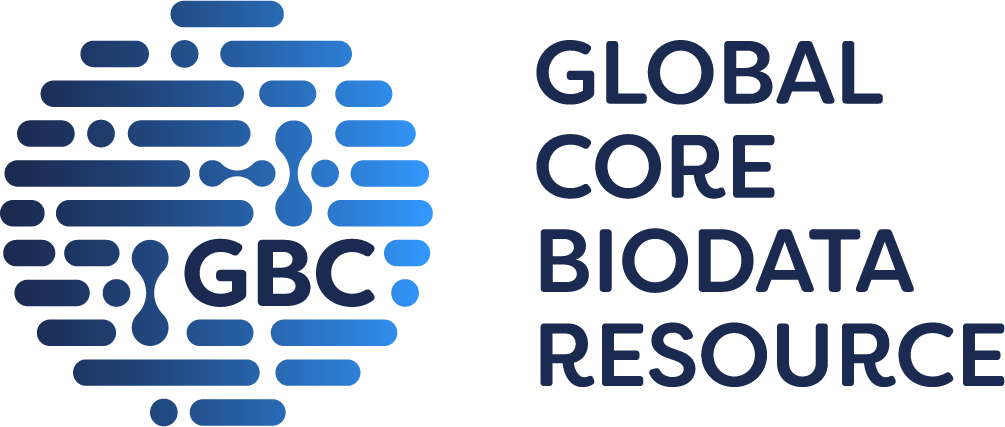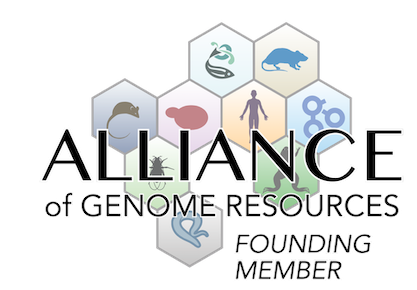cellular
 |
• 3 of 23 male homozygotes show a significant reduction in total epididymal sperm count (less than 105 sperm) relative to control littermates
• however, remaining homozygotes show only a modest reduction in epididymal sperm count relative to control littermates
|
 |
• 1 of 8 male homozygotes display decreased numbers of elongated spermatids
|
growth/size/body
 |
• male homozygotes are smaller than wild-type and heterozygous control littermates
|
 |
• between 5 and 10 weeks of age, male homozygotes weigh ~20% less than age-matched control littermates
|
 |
• at 10 weeks of age, male homozygotes show a 50% increase in lung weight relative to body weight
|
reproductive system
 N N |
• at 10 weeks of age, male homozygotes show no differences in the wet weight of testis, seminal vesicle or penis relative to body weight; the reproductive tract is intact with morphologically normal penis, seminal vesicles, and testes
|
 |
• male homozygotes exhibit a small but significant reduction in mean tubule diameter relative to control littermates
• however, no consistent relationship between reduced tubule diameter and quality of spermatogenesis is observed
|
 |
• at 10 weeks of age, male homozygotes show a 95% reduction in mean intratesticular testosterone levels relative to control littermates
|
 |
• 1 of 8 male homozygotes display a large proportion of tubules containing only spermatogonia or spermatocytes and no mature elongated spermatids; however, the majority (7 of 8) homozygotes display normal spermatogenesis
• reduced sperm count and impaired spermatogenesis is highly correlated with reduced body weight
|
 |
• 3 of 23 male homozygotes show a significant reduction in total epididymal sperm count (less than 105 sperm) relative to control littermates
• however, remaining homozygotes show only a modest reduction in epididymal sperm count relative to control littermates
|
 |
• 1 of 8 male homozygotes display decreased numbers of elongated spermatids
|
 |
• all adult male homozygotes fail to sire pregnancies in naturally cycling adult B10 females over a 3-week mating trial
• however, epididymal sperm from male homozygotes with a normal sperm count are viable and developmentally competent, as shown by in vitro fertilization of oocytes with development of blastocysts occurring at the expected rate
• exogenous testosterone treatments fail to restore the infertility phenotype as indicated by the absence of vaginal plugs, sperm-positive vaginal smears, or evidence of pseudopregnancy in normal adult females
|
 |
• although male homozygotes display avid interest in females and engage in mounting activity, none of 6 males tested attain ejaculation during the 2-hr test period
• however, erectile reflexes and ejaculation can be induced by electrical stimulation in ~50% of males regardless of genotype
|
homeostasis/metabolism
 |
• at both 6- and 10-weeks of age, male homozygotes show a 78% reduction in mean serum testosterone levels relative to wild-type controls
• at 10 weeks of age, male homozygotes also show a 64% reduction in mean serum androstendione levels relative to control littermates; however, mean serum estradiol levels remain unaffected
• exogenous testosterone treatments of both neonatal and adult male homozygotes result in normal serum testosterone levels but fail to alleviate the infertility phenotype
|
 |
• after 15 min cocaging with a cycling female, adult male homozygotes display significantly lower serum FSH levels than control littermates; however, FSH levels are not as severely reduced as LH leves
|
 |
• after 15 min cocaging with a cycling female, adult male homozygotes display significantly lower serum LH levels than control littermates
|
behavior/neurological
 |
• no vaginal plugs or sperm-positive vaginal smears are ever observed in any females housed with homozygous mutant males
|
 |
• when introduced to a receptive female, only 2 of 6 male homozygotes proceed to intromission
• in both cases, intromission events are brief and not sustained to ejaculation
• testosterone replacement fails to restore mating competence
|
 |
• when introduced to a receptive female, all (6 of 6) male homozygotes initially engage in normal anogenital investigation; however, only 4 of 6 display mounting activity
|
endocrine/exocrine glands
 |
• male homozygotes exhibit a small but significant reduction in mean tubule diameter relative to control littermates
• however, no consistent relationship between reduced tubule diameter and quality of spermatogenesis is observed
|
 |
• at 10 weeks of age, male homozygotes show a 95% reduction in mean intratesticular testosterone levels relative to control littermates
|
respiratory system
 |
• at 10 weeks of age, male homozygotes show a 50% increase in lung weight relative to body weight
|
immune system
 |
• at 10 weeks of age, male homozygotes show a 60% decrease in spleen weight relative to body weight
|
hematopoietic system
 |
• at 10 weeks of age, male homozygotes show a 60% decrease in spleen weight relative to body weight
|
adipose tissue
 |
• at 10 weeks of age, male homozygotes show a 40% decrease in peritoneal fat weight relative to body weight
|



 Analysis Tools
Analysis Tools